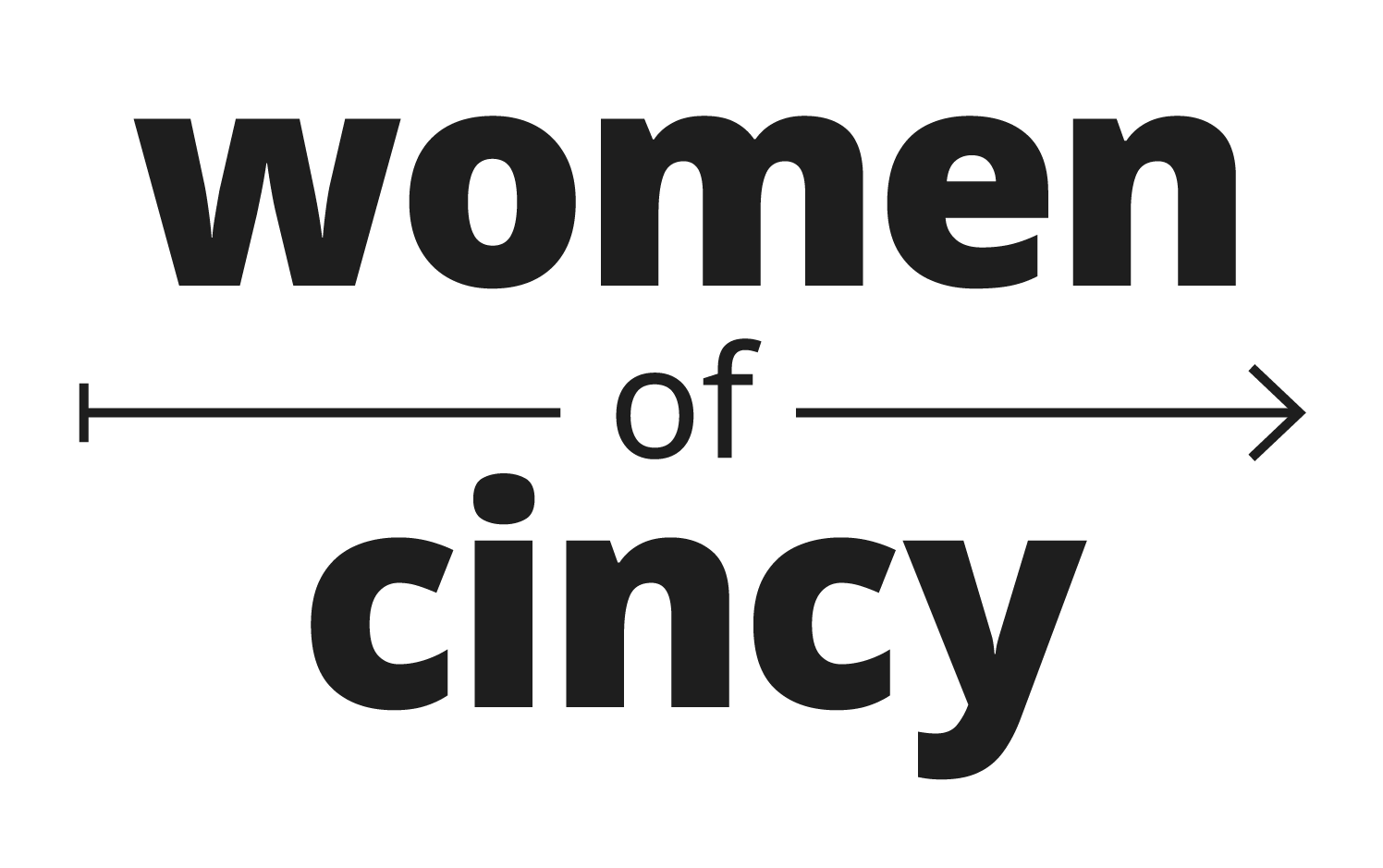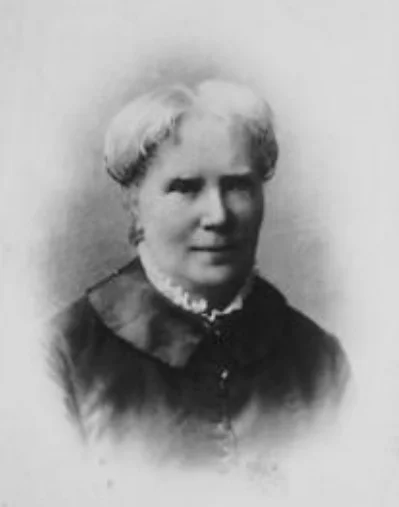National Women’s History Month: Cincinnati Edition
This article is part of a series of sponsored content provided by AlivenArts and the National Women’s History Month Festival.
Women of Cincy makes it a priority to put the spotlight on impressive and inspirational women currently living in and around Cincinnati. Obviously, impressive women aren’t a new concept for this city. In fact, women from Cincinnati have been trailblazers in many careers, movements, and fields of study for long as the city has existed. As many have noticed, especially in many recent movements, women are still forging ahead and taking important steps. Firsts for women are still happening in Cincinnati.
As recently as 2016, Pauletta Hansel was appointed as the first ever Poet Laureate of Cincinnati. Hansel was recently quoted in the Women of Cincy perspective piece on why Women’s History Month and artistry in the history and celebration of women are important, “Why Does Women's History Month Matter.” In addition to her role as the very first Poet Laureate of our city, she is also a memoirist, teacher, and editor. Through her artistry, Pauletta Hansel inspires and teaches literary skills through workshops and programs around Cincinnati. Read more from and about Paulette Hansel on her blog. She will also be at the Artistry of Women Street Fair on March 10 in Lower Price Hill as a part of the National Women’s History Month Festival I.
Elizabeth Blackwell. Image courtesy of The Schlesinger Library, Radcliffe Institute, Harvard University.
Jump back well over a century to find that the first woman medical doctor in the United States, Elizabeth Blackwell, spent some of her life living in Cincinnati. She was born in England, but was brought to the U.S. as a child. Her family spent time in New York before moving to Cincinnati. Like many women breaking down barriers into new fields, many of the students at Geneva Medical College in 1847 originally saw her presence as a “practical joke.” She proved her male counterparts wrong and graduated at the top of her class in 1849 as the first female to graduate with an M.D. in the U.S. Elizabeth Blackwell was also the first woman to be named on the United Kingdom’s Medical Registry.
Still in the 1800s, women making great strides for equality in education were seen in Cincinnati. The first female to graduate from the University of Cincinnati was actually a member of the very first graduating class from the entire school. Winona Lee Hawthorne, technically from Newport, KY, was the first woman to graduate from the University of Cincinnati in 1878. Much smaller than today’s average graduating class size, only eight people, including Hawthorne, received diplomas in 1878.
Mamie Smith. Image courtesy of the Library of Congress.
As you can imagine, Cincinnati was home to many impressive women in the past two centuries. Even in the early 1900s, women were paving the way for cultural and historical breakthroughs. In 1920, the first African American artist to make vocal blues recordings, Mamie Smith, solidified her place in history. She was also a vaudeville singer, dancer, pianist, movie actress, and Cincinnati native.
Even though the city was home to incredibly talented artists and musicians like Mamie Smith, the early 1900s were not necessarily a booming time for the arts in Cincinnati. However, there were at least three women who didn’t let that stop them from making history. The Modern Art Society (MAS) was formally founded by Betty Pollak Rauh, Peggy Frank Crawford, and Rita Rentschler Cushman in 1939. By the fall of that year, the women were able to raise $5,000 in funding. The MAS later became the Lois & Richard Rosenthal Center for Contemporary Art, commonly known as the Contemporary Art Center (CAC) – meaning the CAC was founded by women. The CAC made history once more in 2003 by becoming the first museum in the United States designed by a woman, Zaha Hadid. The CAC was also her first project within the U.S.
Read more about the interesting history of CAC, almost always weaving around women, on their website.
From art to politics, women have had to push through barriers and break down walls to receive recognition and respect in their fields. As can be imagined with the approach of 2020 and the 100th anniversary of the Nineteenth Amendment earning women the right to vote, political appointments have been an especially hard fight for women. Political history came in relatively recent history in Cincinnati. As recently as 1975, Cincinnati City Council members elected the first female mayor, Bobbie Stern. In her inaugural address, Stern gave credit to a woman who had done the job for eight months in 1954 without the title or right to an election, Mrs. Dorothy Dolbey, a Charterite. Bobbie Stern was at the forefront for women in politics in Cincinnati and fought with what politicians at the time called a “quiet authority” for women’s rights.
Not many years later, Marian Spencer was named the first female president of the Cincinnati branch of the NAACP in 1981, and in 1983 she was the first African American woman elected to the Cincinnati City Council.
Although the historical context of this city’s nickname, The Queen City, is based on the quick and impressive economic growth in the 1820s, it seems fitting that this many strong and impactful women have begun or spent part of their journeys here. Out of just a sampling of impressive Cincinnati women throughout history, it is easily shown that one can never know who they may be passing on the street. The woman you pass at the bus stop may just be causing a stir or creating a new brand or concept. Take time to celebrate not only the women we are currently surrounded by, but also the women who paved the way for our growth and success. Make a point this March, during National Women’s History Month, to learn about those who came before us and helped in the fight for equality.
AlivenArts has planned the National Women’s History Month Festival I to make celebrations and learning experiences easier to find and supports the current and future women of Cincinnati. Supporting this inaugural festival empowers the artists, organizers, participants, and communities to continue pushing for equality and recognition for the work and accomplishments of women.



